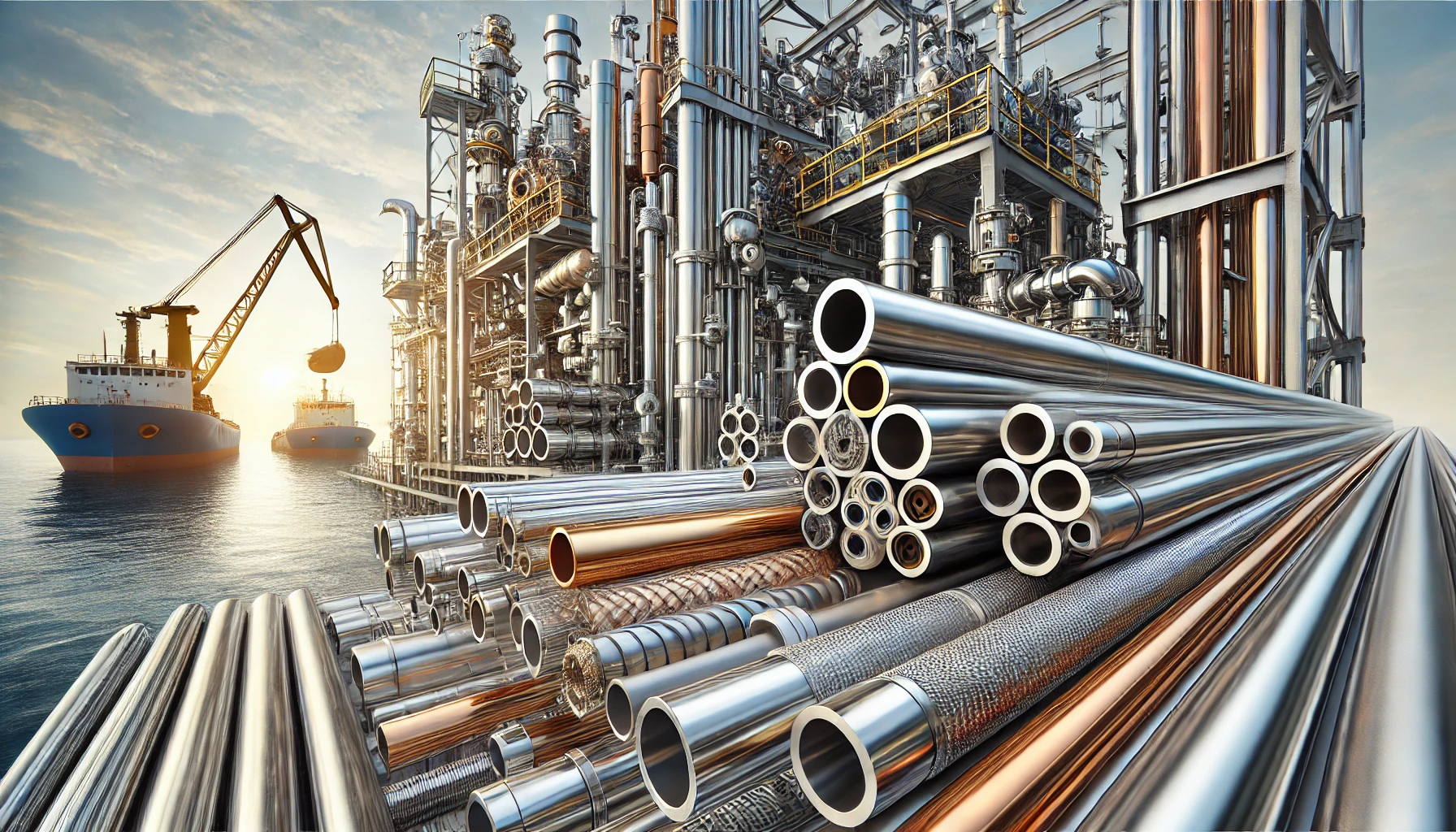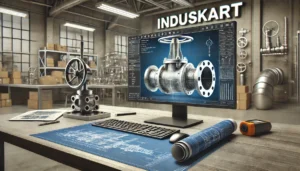Corrosion of pipelines is one of the main issues affecting the oil and gas industries, chemical distribution, and water transportation users. With time, if not addressed, the corrosion may deteriorate the pipelines making them susceptible to structural collapse, leaks, and environmental concerns. To handle this problem, some good combination of methods and good maintenance practices are requirement. In this article, we will discuss ways to enhance operational efficiency over the long term by addressing pipeline corrosion issues.
What Causes Corrosion of Pipelines?
Pipeline corrosion takes place when water, oxygen, or other chemicals react with the metals, resulting in the deterioration of the material. Soil constituent is of major importance for buried pipes since high salinity and moisture content speeds up the corrosion process. In the same vein, microbe, temperature variation, and even stray current could worsen the situation. Knowing the above-causes is critical in crafting a kaleidoscope of preventive measures.
Cathodic Protection
One of the most effective techniques against corrosion of pipelines is cathodic protection. By using this technique it is possible to render a pipeline the cathode of an electrochemical cell, hence, iron oxidation is virtually halted. There are 2 basic forms of cathodic protection systems, namely sacrificial anode protection system and impressed current protection system.
In sacrificial anode protection, the pipeline is attached with metals such as zinc or magnesium. These anodes will corrode instead of the pipeline and save it. Impressed current protection, on the contrary, uses an external source of power which supplies a constant protective current and hence it is suitable for large area pipeline networks. Both methods have been proven to substantially decrease corrosion on buried and submerged pipelines.
Protective Coatings and Linings
Another very effective protective measure against pipeline corrosion is the application of protective coatings. These coatings meanwhile act as a barrier across the surface of the pipeline and the corrosive elements. Epoxy coatings are one of the common coating for use in underground pipelines due to their robustness, while other polyurethane coatings have high resistance to chemical exposure. For internal protection of pipelines cement linings are widely use. However, the application of these coatings requires regular inspection and maintenance so that they do not allow the coatings to wear out and become effective over time.
Isolation Kits
The isolation kits are one of the important anti-corrosive measures, which are used in pipelines comprising of different metal materials. These kits are fixed at the joints and connections in the pipeline in order to electrically separate parts of the pipeline, so as to reduce the chances of galvanic corrosion. Thus, by reducing stray electrical currents, isolation kits help secure the durability of the pipelines and increase their reliability.
Corrosion Inhibitors
Corrosion inhibitors are the chemical substances that are injected into valves, fittings and seams to retard or even stop the corrosion process. These inhibitors are relevant in cases of internal corrosion due to fluid transported through pipelines. For example, amine-based inhibitors have been developed and are widely used in natural gas pipelines for non-aggressive purging of acidic gaseous compounds which can destroy the surface of the steel lining. Inhibitors also effectively ferry corrosion when proper chemical concentration is maintained.
Regular Maintenance and Inspections
Scheduled lines maintenance is essential if pipeline corrosion is to be avoided and onset of any problems is to be taken care of. Pigging for instance sends debris and other deposits cleaning instruments, plumbing pipes are undertaken to protect the interior surfaces of the pipes. Another useful method is ultrasonic testing, which provides accurate diameter of the wall and indicates reduction of thickness from corrosion. However, external damage to pipes in the form of rust, leaks and cracks also warrant visual inspections.
Environmental Control
Regulation of the environment surrounding the pipeline is one of the most effective methods of reducing the pipeline corrosion problem. For the case of buried pipes, a backfill material such as sand or gravel, which does not promote aggression of the soil medium is applied. In addition, controlling the pH of the soil and its moisture content significantly mitigates external corrosion. Weathering forces, such as rain or UV rays, which increase the hydraulic and thermal stress on above-ground pipelines, can be alleviated by employing protective surrounds or coatings.
Corrosion is a problem that costs the world economy around $2.5 trillion annually and, as the California oil spill incident demonstrates, its ramifications are dire both for nations and the environment. But think of the cost a nation might have to bear if it allows the corroding pipelines to continue functioning – the damages caused by leakages and the eventual loss might be greater. In this sense, it stands to reason to protect quickly rusting structures, and thankfully, considerable steps in that direction have already been taken! For instance, even one gas operator in the USA claimed a drastic 40% decrease in corrosion-related failure rates.
In addition to coating and condition monitoring, the pipelines must be made of materials that are corrosion-resistant. These must include composite materials as well as stainless steel. The higher the resistance, the lower the corrosion, which means the operations will be more stable and cheaper. To achieve enhanced stability, real-time tracking systems can be utilized alongside corrosion rate sensors: they can detect minor signs of corrosion and allow the operators to act immediately. Finally, integrating corrosion policies with NACE would be a systematic way toward creating a more comprehensive plan to fight against corroding materials.
Training and educating operational teams is equally critical. Competent people can mitigate corrosion tendencies and hence ensure pipelines are in a usable condition.
Conclusion
Pipeline corrosion might be a given, but it is absolutely controllable; given the due measures and relative displacement. Techniques such as cathodic protection, protective coatings, isolation kits and constant maintenance would reduce corrosion to a minimum and thus the remaining lifespan of the facilities would be enormous.
There are great environmental and economic advantages to reducing the risk of corrosion. These activities are not just protecting the pipelines, they are also protecting the nature and increasing the efficiency of operation processes. Pipelines have to and can do so in many years to come as long as the commitment to the best practices remains.










